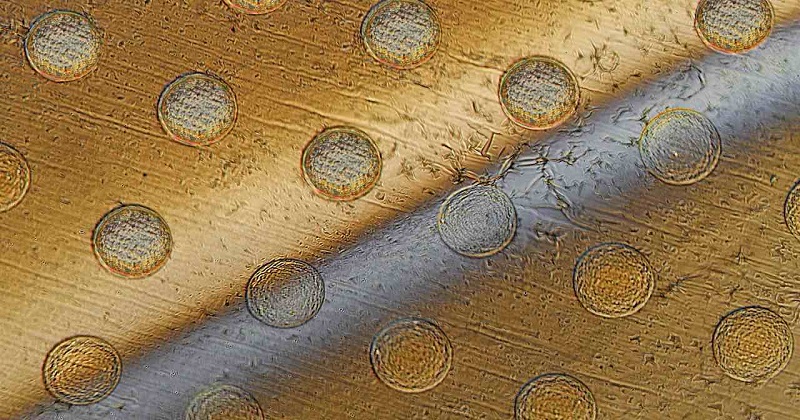
Robots are handy, but imagine what a cell-sized tiny robot can do? Imagine its applications. Tiny robots no bigger than a cell could be mass-produced using a new method developed by researchers at MIT. The microscopic devices, which the team calls “syncells” (short for synthetic cells), might eventually be used to monitor conditions inside an oil or gas pipeline, or to search out disease while floating through the bloodstream.
The process, called “autoperforation,” directs the fracture lines so that they produce miniscule pockets of a predictable size and shape. Embedded inside these pockets are electronic circuits and materials that can collect, record, and output data, according to the study published in the journal Nature Materials.
The system uses a two-dimensional form of carbon called graphene, which forms the outer structure of the tiny syncells. One layer of the material is laid down on a surface, then tiny dots of a polymer material, containing the electronics for the devices, are deposited by a sophisticated laboratory version of an inkjet printer. Then, a second layer of graphene is laid on top.
These Robots could also do so without the need for a power source, which opens up its use for offline data storage that could be collected at a later time. The researchers also demonstrated that the syncells were stable in water — one of the harshest environments for electronics — for months at a stretch.

Post Your Comments